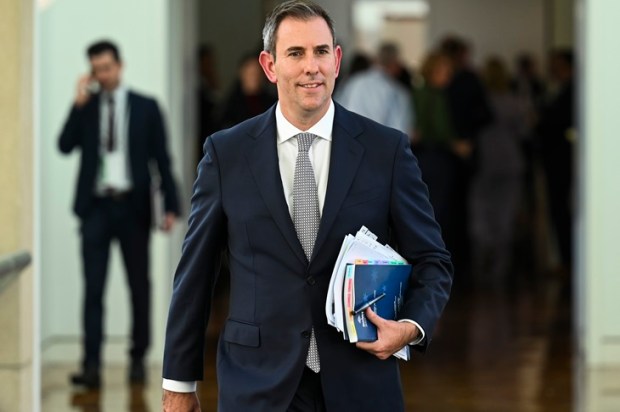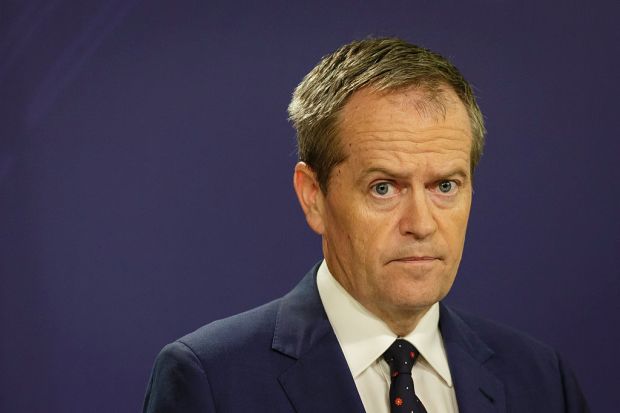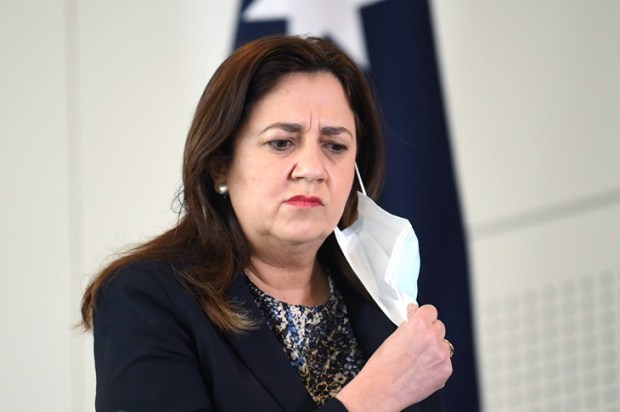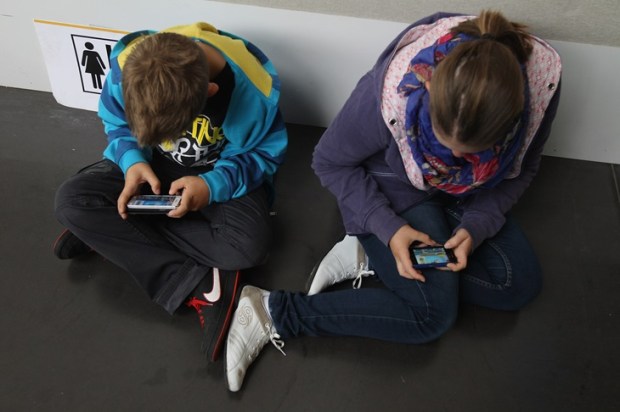Sometimes former Labor leaders become libertarians. This is how we’ve started the week, with Mark Latham joining the Liberal Democrats to much fanfare.
The landscape has been changing elsewhere also, with much more consequence. As strange as it might be to see a Labor man go gaga for freedom, any student of Australian history will find it even weirder that the party of Menzies and Howard is engaging in an escalating political skirmish with Catholic schools.
The Coalition’s legacy of promoting choice and diversity in education starts in the 1960s as sectarianism was waning and the immense sacrifice of Catholics in establishing and supporting their own education system was being recognised, in particular by Robert Menzies.
In 1963, Menzies promised to fund science blocks in all schools; Catholic, public, all. At the same time, a young John Howard used his leadership of the even younger ‘Young Liberals’ to support the ‘pro-state aid’ for Catholic schools policy of the Federal Liberals. That support hadn’t waned by the time he was himself Prime Minister. As Howard later put it, he saw it ‘as a matter of justice’ that Catholic schools be supported.
This policy makes sense for the visceral anti-communism of Menzies and the values-oriented social conservatism of Howard. The autonomy and vitality of different, non-government school systems stymies the heavy hand of the state. Catholic schools offer values and morality unaffected by the faddish social programs of latte-quaffing ‘educators’. These are institutions integral to the Coalition’s vision for Australia. In this age of disintegrating social cohesion, we need more civil society, more cohesive non-government institutions, not less.
So what’s changed?
Well, in a move that’s perhaps ‘too clever by half’, the PM and Education Minister have announced, without any notice to Catholic education leaders, that the means by which funding is determined will fundamentally change. The Government has redefined the way it measures ‘need’ by phasing out something called the System Weighted Average. The SWA calculates government funding need across all diocesan Catholic schools in each state and territory by taking into account parents’ capacity to contribute as measured by the socio-economic status level of each school community. These individual SES levels are then averaged for each state or territory. The average SES is then used to set fees that are affordable for all families at their local diocesan Catholic school, regardless of where they live.
The Federal Government wants to instead base its contribution on each school’s individual SES, rather than on a state average. According to the Acting Executive Director of the Catholic Education Commission of NSW, Ian Baker, this would have cost NSW Catholic diocesan schools $19 million if it was in place this year. Whatever the exact cost ends up being, it is obvious how this change will diminish the autonomy of the Catholic system, removing their discretion and handing more power to the government of the day.
Taking a step back, do we really think the “needs-based funding” rhetoric of Gonski is anything but illusory? Do parents rock up to schools and tell the bursar how disadvantaged they are? Where are the families from? Can census data for the local area be relied upon?
Let’s take my old school, St Mary’s Cathedral College. SMCC is a low fee, systemic Catholic school. It’s not clear how Gonski’s “needs-based” model would work in assessing and delivering funds. The students at SMCC come from everywhere from Illawong to Penrith to Woolloomooloo and everywhere in-between. The Catholic Education Office, on the other hand, understands the school and its context and allocates the funds given by the Commonwealth accordingly.
When Catholic leaders such as Archbishop of Sydney, Anthony Fisher voice concerns, all they hear back is “there will be no special deals (for Catholic schools)”, which is oddly menacing. It seems the government is a little too keen to kick against institutions that are voicing concerns, dismissing them as whingers rather than reflecting on the fact this policy might be so left wing that, as Jennifer Oriel put it in Monday’s Australian even Bill Shorten opposes it.
It’s obvious that there is no “special deal” for Catholic schools. This “special deal” myth belongs to the politics of misplaced jealousy, the politics of the Labor Party and Mark Latham in his 2004 class warrior days.
What’s more frustrating is that nothing in this goes towards fixing the deficit. We’re not slashing spending, just changing the way we spend way more cash. We’re just picking another needless fight with the Coalition base.
What’s the point of vainly trying to look tough on spending by attacking a core Coalition legacy, threatening choice? It is suicidal to target Catholic schools, institutions that the Coalition has always supported because whether it was Howard or Menzies we knew that the choice they provided mitigated the risk of centralised, socialised education.
The very real risk, and indeed stated aim of this policy, is more government control of resource distribution and less systemic autonomy.
The complaint isn’t that we’re not spending enough on Catholic schools, this is a battle caused by a promise to spend much, much more (even though we all know spending won’t fix our education woes). The concern comes from a sector-based, prejudicial funding model and rhetoric that does nothing but threaten parental choice and a Liberal legacy.
Got something to add? Join the discussion and comment below.
Got something to add? Join the discussion and comment below.
Get 10 issues for just $10
Subscribe to The Spectator Australia today for the next 10 magazine issues, plus full online access, for just $10.


























Comments
Don't miss out
Join the conversation with other Spectator Australia readers. Subscribe to leave a comment.
SUBSCRIBEAlready a subscriber? Log in